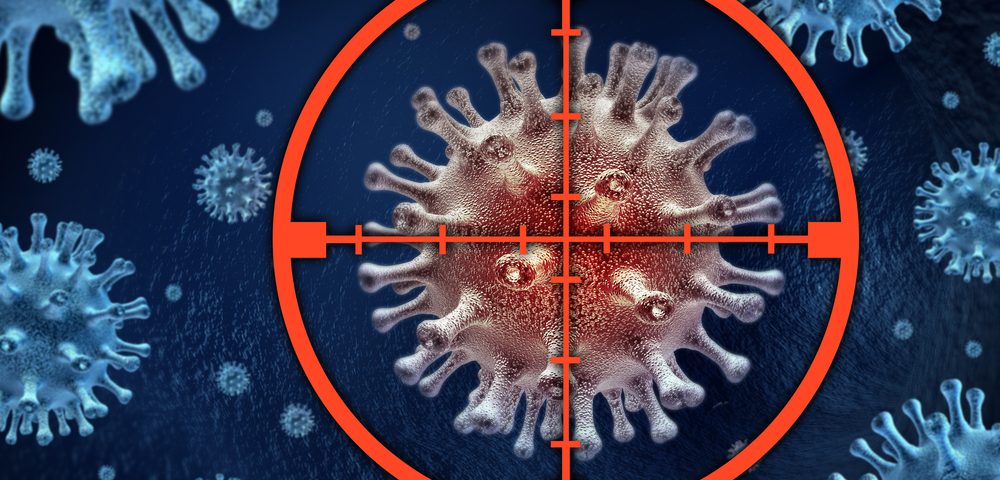Certain regions in the cell’s membrane, called lipid rafts, could be used to halt the migration and survival of cervical cancer cells, according to results of a new study. The findings may open the way for the development of novel anticancer treatments for patients with cervical cancer.
The study, “Patching Of Lipid Rafts By Molecular Self-Assembled Nanofibrils Suppresses Cancer Cell Migration,” was published in the journal Chem.
Lipid rafts are fat- and protein-enriched regions within the cell’s membrane that are connected to the cell’s cytoskeleton, a network of filaments that allow cells to move.
The link between lipid rafts and the cytoskeleton allows cells to move in response to both intracellular and extracellular stimuli that are critical for the survival and migration of cancer cells. This also makes lipid rafts a valuable therapeutic target.
“We developed a technique that targets lipid rafts on cancer cell membranes,” Ye Zhang, PhD, senior author of the study, said in a press release.
Researchers at the Okinawa Institute of Science and Technology designed and produced a molecule with three self-assembly building blocks that recognize and bind to a biomarker present in the lipid rafts of cervical cancer cells, called GPI-anchored PLAP.
When binding to GPI-anchored PLAP, the synthetic molecule self-assembles into “nanofibrils” that glue the lipid rafts and chain them into large clusters, thereby blocking the cells’ capacity to move in the direction of the affected region of the membrane.
Using modern microscopy equipment, researchers observed that under this blockade cancer cells try to move in the opposite direction, but lipid rafts also cluster in other membrane portions, pinning cells to the spot and preventing them to move. Cells then behave like a “caged growing balloon” by trying to move in any direction and start growing to escape. But, by doing so, they face the force exerted by the blocking nanofibrils, which eventually causes them to rupture and die.
“Our research opens a window in cervical cancer therapy,” Zhang said. “We have shown that our molecule works on cancer cells in the lab, but the next step is to see if it works on real tumors in animals. As different cancers express different biomarkers, it might be possible to modify the molecular structure of the ruthenium molecule to target different types of cancer cell.”

